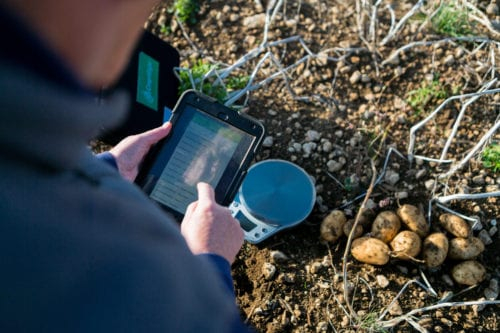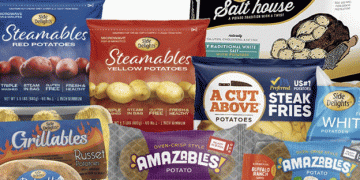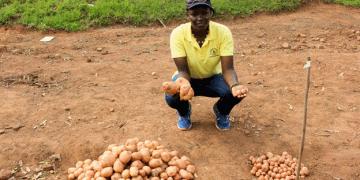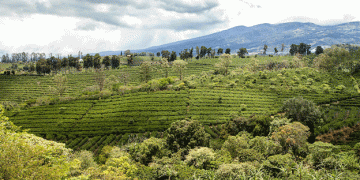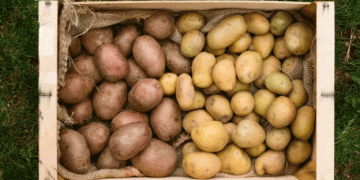I feel like it was about 5 years ago when the gates were opened to the ag data land rush. Small ag-tech companies and multinational legacy companies all entered the ag data space, each rushing to grab as many acres or customers as possible. As we near the end of 2020, I thought it would be worth reflecting on how ag data has changed during this 5-year period.
Ag data is an international commodity. We see the world through our own lens. My lens five years ago was midwestern US agriculture, which is driven by the crops of corn and soybeans (and sometimes wheat). Data collection and analytic platforms in 2015 were focused mostly on these midwestern farmers. After all, they had the most acres of two crops—prime use for benchmarking collected ag data. Since 2015, I’ve seen ag data collection and use become much more than improving row crop production.
Consolidation and diversification. We’ve seen a few companies exit the industry by joining large, established ag companies. The Climate Corporation became part of Monsanto/Bayer. Granular was acquired by DuPont/Corteva. AgDNA was acquired by CNH. Other ag data startup platforms that were infants in 2015 have diversified and expanded their offerings to more than just analytics. Today, my hunch is that there are fewer companies focused solely on ag data analytics, but more companies in the ag tech space overall.
Automated data collection. There are vastly more automated data collection devices (IoT) on the market today than five years ago. The increase in bandwidth speeds and sensor technologies have driven this growth. Someone once told me, the way to improve data collection quality is to “take the human out of the equation.” We are not as reliant on humans manually uploading data to cloud platforms today as we were five years ago. This trend will continue.
Data for carbon. Five years ago almost no one was talking about how we can use data to verify carbon sequestration or climate-friendly farming practices. Today, this is a hot topic. The lesson here is that data collected today may have unforeseen uses in the future (as long as the quality is good).
Are portability and interoperability fading? I remember data portability as a big topic five years ago. Farmers wanted assurances that they could move data from a red cloud to a green cloud and back without any hassles. I feel like this expectation has quieted since then, as if people are accepting that choosing one data solution means you are giving up the ability to later move your data to another platform. Maybe its a sign that the market is calming down and users are making long-term choices about where to store data.
What hasn’t changed in 5 years? For the most, the regulatory landscape is surprisingly the same. Yes, the EU adopted the GDPR and California adopted the CPPA, but neither of these data protection schemes nor their endless copycats are focused on agricultural production and management data. Instead, they are focused on collection of “personally identifiable information” (which is also important). Ag data collection and use remains mostly unregulated.
How has the data landscape changed for you in the last 5 years?
